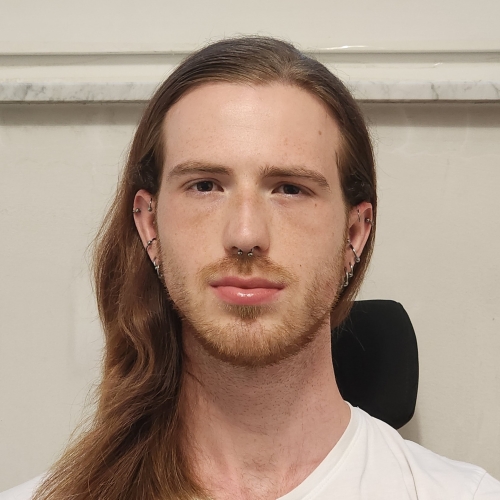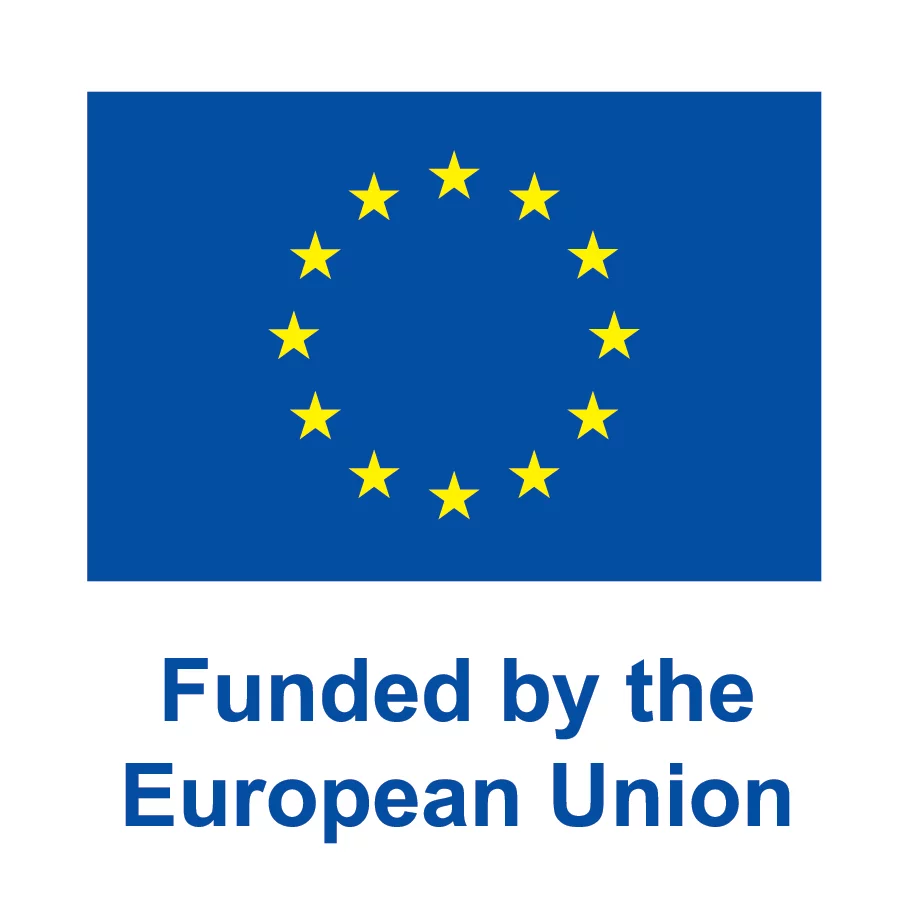THIS WEBSITE USES COOKIES
We use cookies to personalise content, to provide social media features, and to analyse our traffic. By choosing 'allow all cookies', you consent to our cookies.
To find out more, read our privacy policy and cookie policy.

I completed my Bachelor of Science in 2021 at La Trobe University. Having majored in Biochemistry and Chemistry, I gained a strong foundation in chemical research and its applications in biomedical fields such as bio(in)organic, medicinal, organic chemistry, and pharmacokinetics. I also had the privilege of visiting the University of Tokyo and attending the 2019 International Nanotechnology Expo, where I discovered my passion for medicinal chemistry and nanomedicine.
I transitioned to a Master of Science (Research) degree specializing in chemical research from my university’s Honors program, achieving outstanding results. Upon completion of my Master’s studies in 2023, I had honed my skills in designing and synthesizing small organic molecules. I became proficient in air-sensitive techniques for isolating materials and optimizing reactions for yield and safety. My research focused on recyclable hypervalent iodine reagents, which share similarities with transition metals, providing me with essential skills in NMR, X-ray crystallography, GC/MC chromatography, and Mass Spec analysis—crucial for the design, synthesis, and characterization of target drugs.
As a research chemical ecologist at the Victorian Government Agricultural Research Department from 2021 to 2023, I specialized in complex biological mixture analysis using GC/MS and am proficient in operating Agilent and Bruker instruments, along with basic data analysis using Python scripting.
In the BREAKthrough program, I am enthusiastic about furthering my knowledge in core chemistry skills, computational chemical modelling, and biochemistry. These will build my expertise in and understanding of candidate-protein interactions and allow me to better apply the synthetic skills gained during my undergraduate studies.
The main goal of this project is to develop inhibitors of L,D-transpeptidases. First, screening of various libraries of compounds that are either already available to the project partners or are commercially available will be performed. Active compounds, either of fragment-size or bigger, obtained from the screening or available from the literature will be used as starting point for further development. They will be used as queries for ligand-based virtual screening of libraries of commercially available compounds. Screenings will be performed using different approaches, e.g. shape similarity using ROCS software (OpenEye), 2D fingerprint similarity using Open Babel and 2D or 3D similarity using the Clique algorithm with LiSiCA software (Insilab). In parallel, structure-based virtual screening will be performed, where more accurate and computationally intensive docking and scoring functions will be used in the Glide software (Schrödinger). Pharmacophoric models will also be created by LigandScout (Inte:Ligand). Virtual libraries will be docked to the active sites of the target enzymes and pharmacophores, taking into account also the covalent binding where applicable, and the compounds with the best sum of scores will be selected for biological evaluation.
Compounds obtained from screenings described above will be re-synthesised and used as starting points for further development and optimization. The goal of this hit-to-lead optimization will be to synthesise new lead compounds with improved properties. Medicinal chemistry efforts will include techniques such as hit evolution (optimization of the original hit by design and synthesis of focused libraries of analogues around a given scaffold with different substitution patterns) to improve potency, selectivity and bioavailability. Based on the co-crystal structures or docking positions, favourable substituents will be introduced into the parent molecule to improve the binding affinity to the corresponding target enzyme.

Funded by the European Union. Views and opinions expressed are however those of the author(s) only and do not necessarily reflect those of the European Union or the European Research Executive Agency. Neither the European Union nor the granting authority can be held responsible for them.
Copyright © accelopment Schweiz AG 2022 | All Rights Reserved | Privacy Policy | Cookie Policy